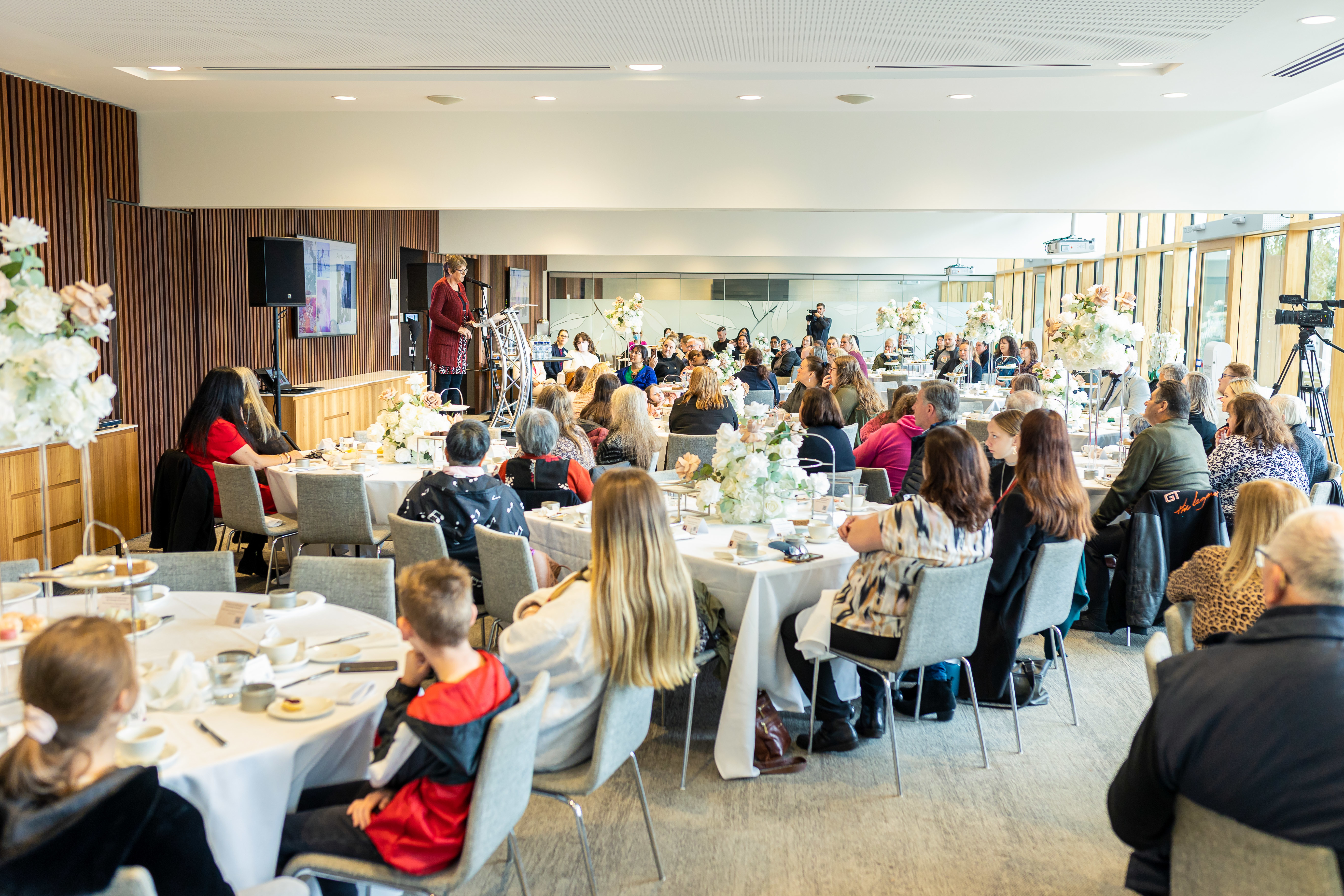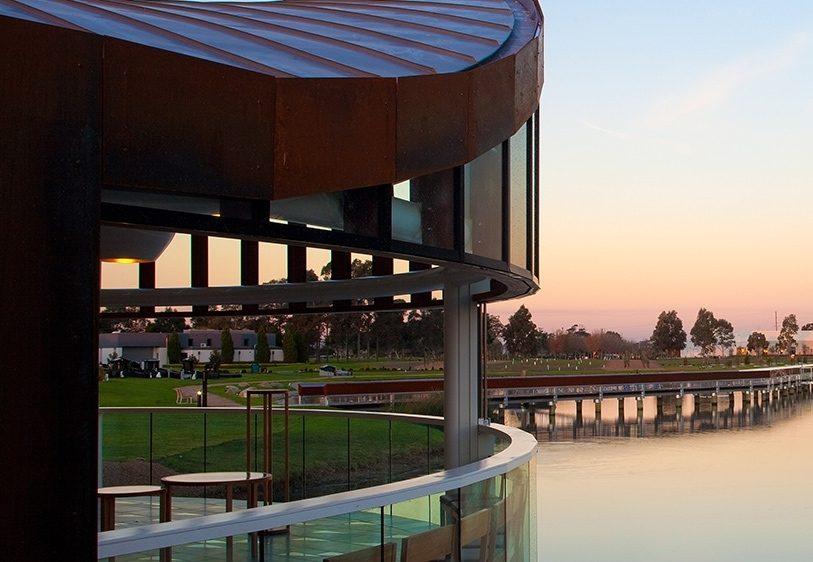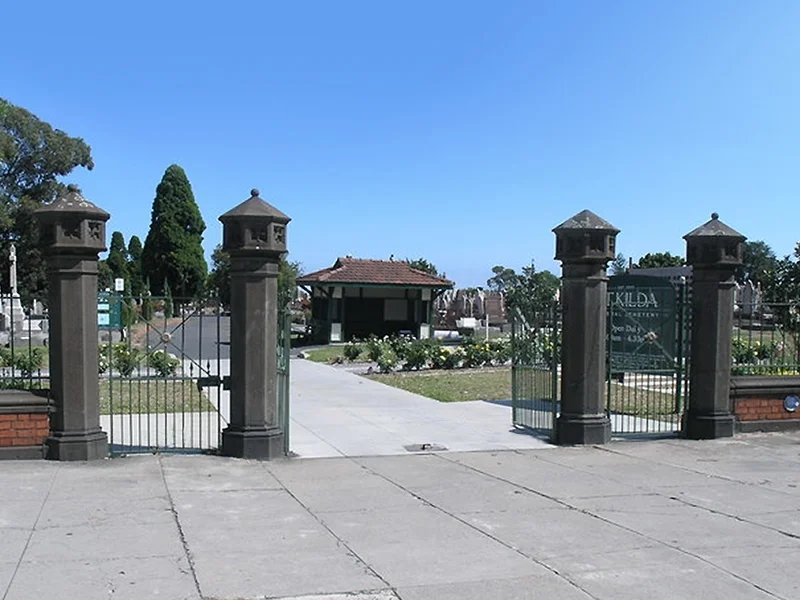Reimagining 'Little Lon' - History and Genealogy in the CBD

Preserving the history inherent in the cemeteries and memorial parks entrusted to our care is an important part of what we strive for at SMCT. Much can be learnt about a society’s culture, economy, artistic tastes and the life led by its people by simply walking through the grounds of any one of our eight sites, or searching through records.
The importance of researching the past to gain a fuller understanding of its legacy is not lost on guest blogger, Eden Cox, editor from soon to be launched Traces magazine, a brand-new magazine on Australian history and genealogy. Here, Cox explains how investigations of Little Lonsdale Street shed new light on the lives of its inhabitants from nearly two centuries ago.
Reimagining 'Little Lon'
by Eden Cox
For over 100 years, Melbourne’s 19th century Little Lonsdale precinct had a reputation as a squalid slum, home to moral degenerates scratching out a crude living in undesirable establishments. But six large-scale archaeological excavations – including two in 2017 – have revealed through touchingly intimate everyday objects, the complexity of life for those who once resided here, rewriting the legacy of ‘Little Lon’ and its inhabitants.
Stanley James, otherwise known as ‘The Vagabond’, described Little Lon in The Argus on May 26, 1878. Single women, who he described as ‘low, degraded, brutal looking’, loitered in the streets, ‘The habitations are mostly of a kind: one storeyed hovels, low, dilapidated and dirty.’
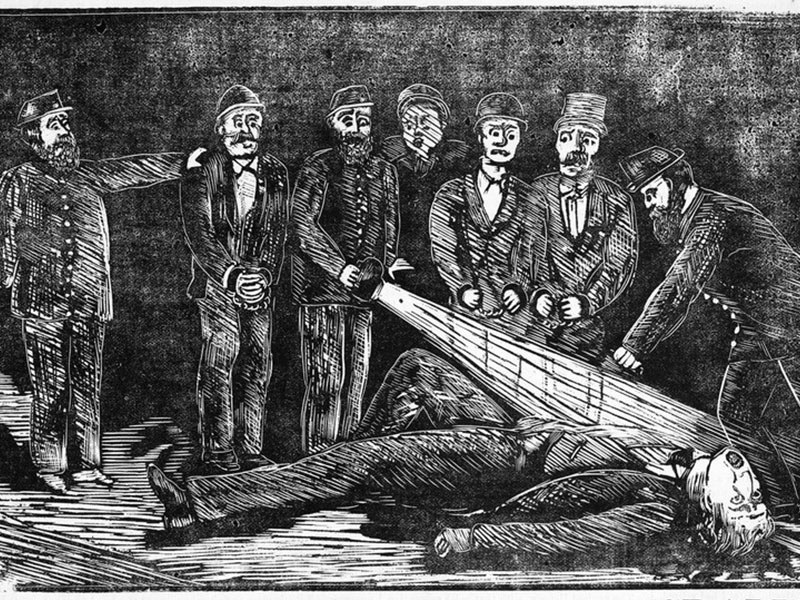
Little Lon’s notoriety continued into the 20th century, to the detriment of its residents. While Australian writers and journalists apparently took great pleasure in describing, in intimate detail, the depraved state of Little Lon, few thoughts were spared for its residents, many of whom were trapped by poverty, disability, alcoholism or circumstance, who were simply making the best of a difficult life in disadvantageous times.
Little Lon’s residents have long since moved on; cottages and lane ways have been replaced by slick towers and office buildings. Over the course of three decades, Little Lon has become one of the most thoroughly investigated urban archaeological sites in Australia, with over 500,000 artefacts recovered from one site alone.
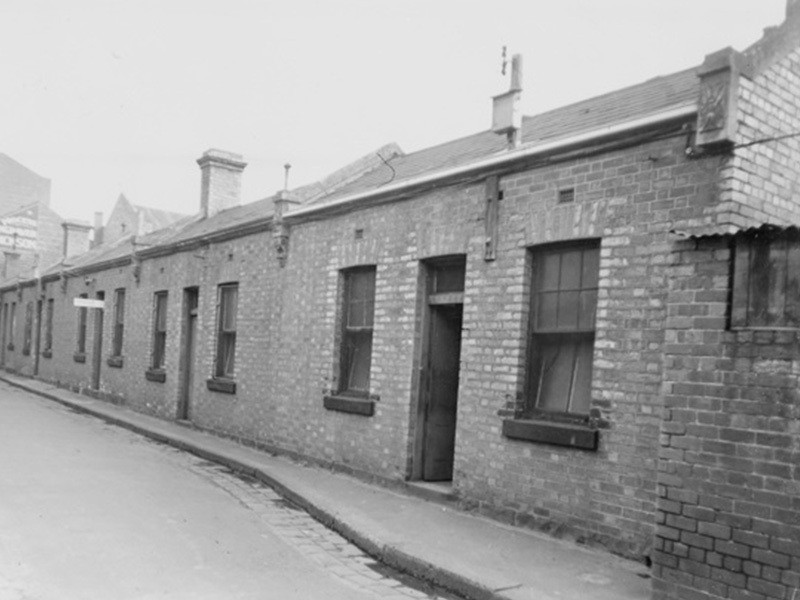
The collection provides evidence of the hidden history of Melbourne's migrant and working classes from the 1840s to the 1940s. The artefacts paint a picture of Melbourne’s working class poor, living lives of frugal respectability. Chinese coins, imported English ceramics and champagne bottles suggest a greater diversity of people and socioeconomic groups than previously thought.
Archaeological work is ongoing in the Little Lon precinct. Earlier this year, a team from Dr Vincent Clark & Associates were charged with excavations of the Wesley Church Complex, between Lonsdale and Little Lonsdale Street. I was lucky to volunteer on site at this excavation, and witnessed mementos of past Melbournians emerging from the mud.
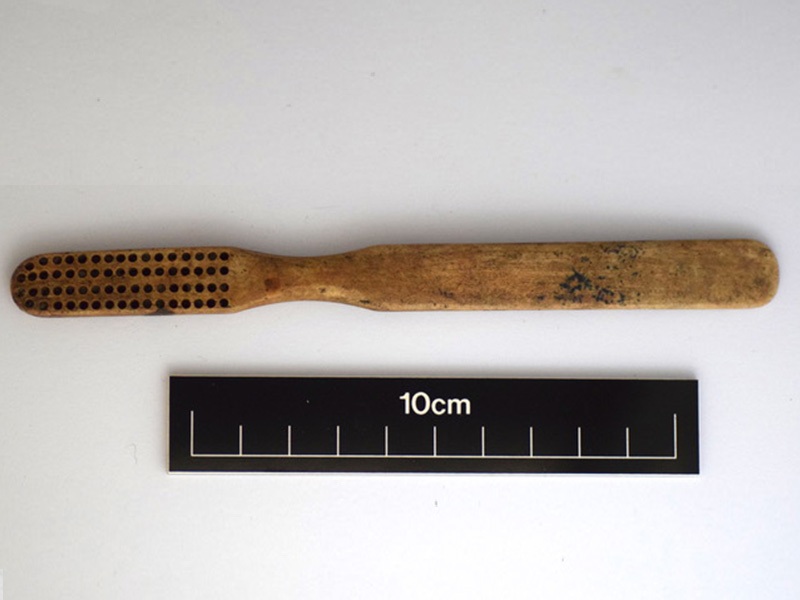
I brushed the soil from delicate fragments of bone and shell, and pieced together the smashed remains of painted 19th century teacups. Several artefacts found on the site are remarkable for their uniqueness and condition, including personal items such as brooches, hair combs, small porcelain ornaments and even a whale’s tooth! A leather boot in exceptional condition was another significant find...
This is an abridged version of an in-depth feature article that appears in edition 1 of Australian history magazine, Traces – out in December 2017. Click here to find out how you can learn more about Little Lons and other stories related to history and genealogy.
If you're interested in finding out more about your genealogy, try an online deceased search for Springvale Botanical Cemetery, Bunurong Memorial Park or St Kilda Cemetery.
Eden Cox is the editor of Traces. She holds Bachelor Degrees in History and Creative Writing, and a Postgraduate Diploma in Editing and Communications, from the University of Melbourne.
